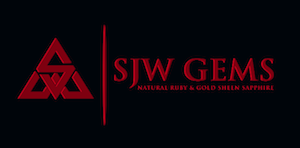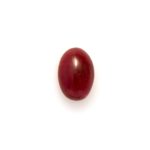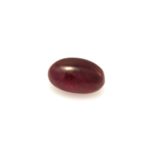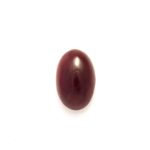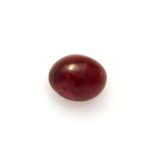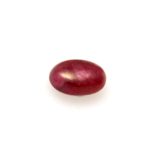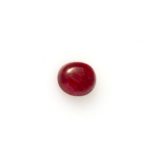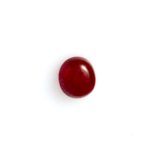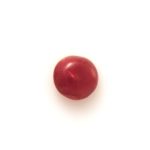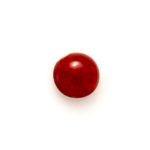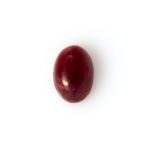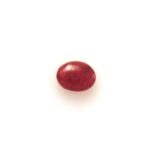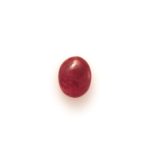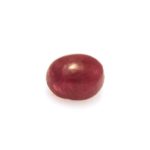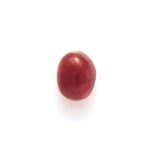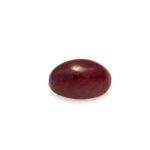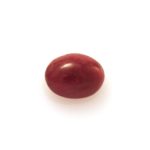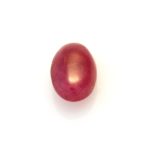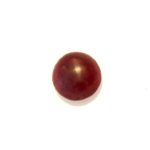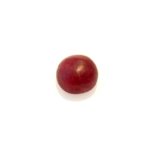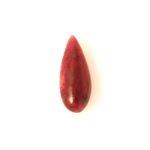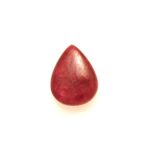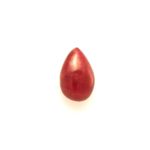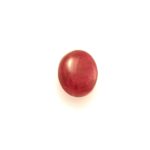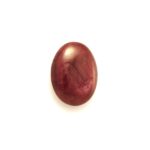I have been working on cataloging and publishing a catalog for ruby cabs from the parcel of rough ruby we bought earlier in the year. I was thinking about using a simplified grading system that groups colour/finish/proportions into one metric called ‘appeal’, but it soon became apparent that it would not be workable. Instead I have used the GIA grading method. After consideration, it can’t really be simplified or improved on in any helpful way. And no need to reinvent the wheel.
It took a couple of days to develop the framework for the spreadsheet, going through several iterations before I was happy with it. The version I am running with will auto-generate a long form description from the grading information. I can then just cut and paste that into the description field of the product on the website. I was quite proud of that little bit of spreadsheet scripting, until someone expressed disappointment that it didn’t just automatically post to the website instead of having to manually cut an paste. Alas, the skills for that type of coding left me long ago. Nevertheless, I am pleased with the functionality of my catalog spreadsheet as it is.
Given a base price for the ruby, the spreadsheet will also generate a price. That part still needs a little bit of work, but basically it works on giving a high value to the ‘sweet spot’ of hue, tone and saturation, with modifiers for clarity, finish, proportion and treatment. The base price I take from the average street/negotiated price I see in the market for unheated ruby cabs.
The end result looks like this:
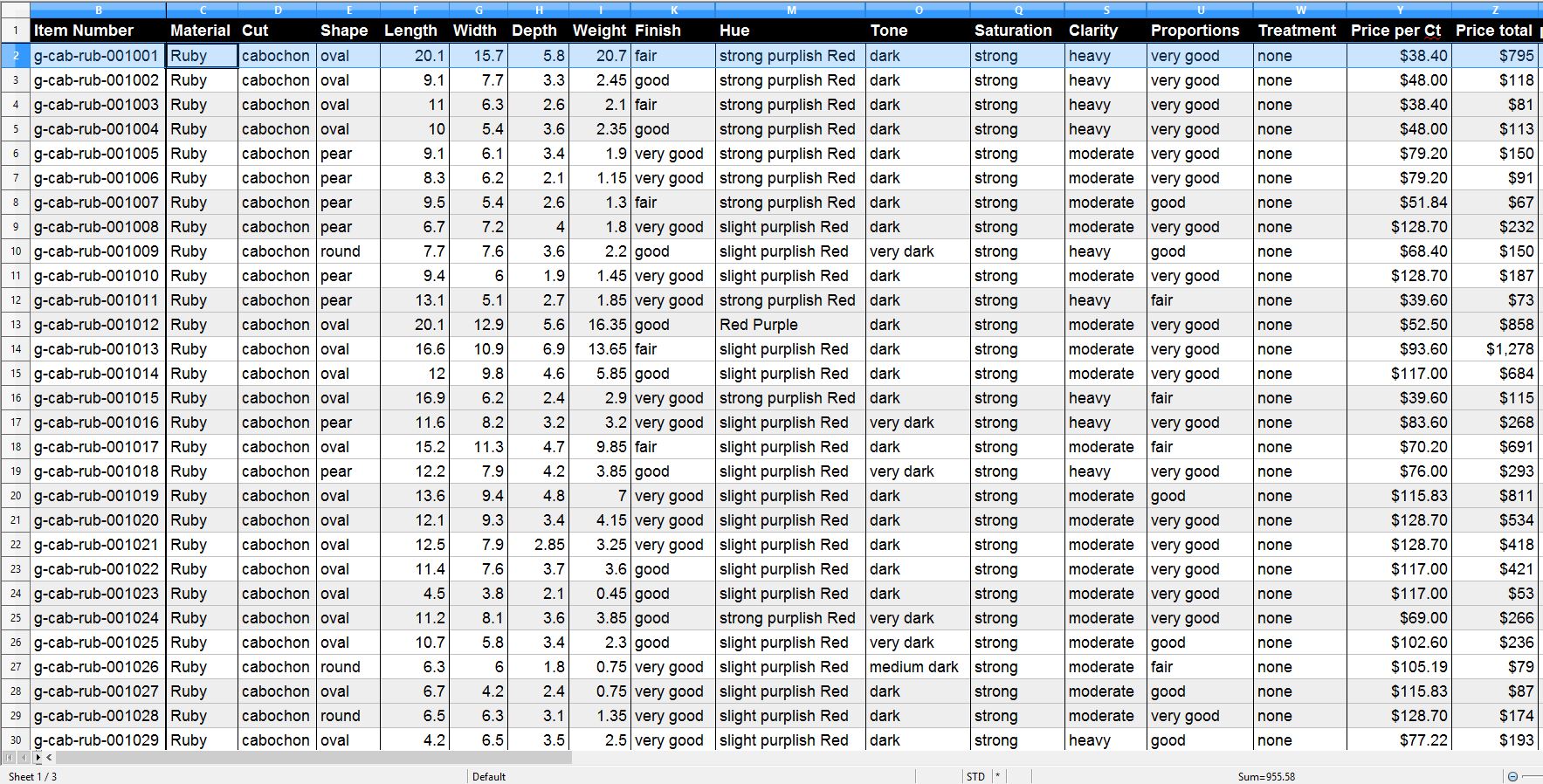
Which gives me a price from $38 to $128 for the best colour/finish grade stones. Market pricing for ruby cabs at the moment starts at $5 per carat for heat/glass filled, $20-$80 for heat treated and $50-$150 for natural/no heat.
The autogenerated description looks like this:

It will be easy enough to replace the commas with line breaks using a text editor if I want the formatting to look better on the product web page.
Now, I know what you are asking. What about the rubies themselves? They are much more interesting to look at that a spreadsheet, after all. So here is a sample of some we have photographed so far:
The next task will be to take the spreadsheet and publish it as a catalog table on the website. That should be straightforward, and I can include a thumbnail of each gem as well, which will link to the full size picture. I expect to have that completed pretty soon.
In the meantime, if you would like more information on the any particular piece, or for rubies in general, just email me at steve@sjwgems.com.
